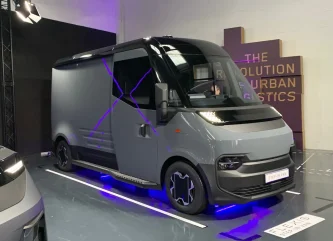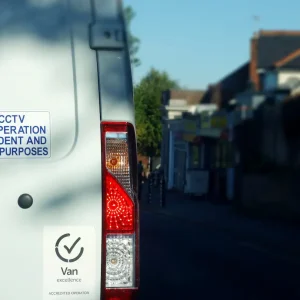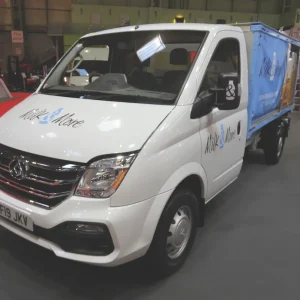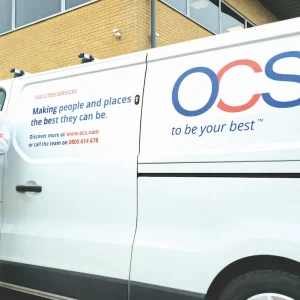
Flexis will attract the attention afforded to a new market entrant when it launches its electric vans in 2026 without being exposed to the dangers of a start-up business, according to UK head Matt Hawkins.
Hawkins said Flexis, which was established as a joint venture in 2024 by Renault, Volvo, and logistics and shipping company CMACGM, would be protected by its powerful backers but would possess “the agility of a start-up, with a small team”.
“We’ll be a new OEM from day one, all the suppliers are in place,” Hawkins said.
Hawkins says Flexis had a clear strategy to service the urban logistics market by dealing directly with fleet customers, with no dealer network involved other than in utilising Renault and Renault Trucks’ workshops for service, maintenance and repair.
“The business model is different to a traditional LCV player,” he said. “We’ll go deeper into the interaction with customers.”
Hawkins said Flexis would treat each customer relationship as a partnership based on their “pain points”, which would, for example, include establishing suitable charging infrastructure and solving issues concerning the power demands of charging a fleet of electric vans.
In contrast to large legacy manufacturers, Hawkins claimed: “We can have close collaboration with customers, draw out specific business cases and show [them] the return on investment.”
This business approach will be backed up by the vans’ SDV (Software Designed Vehicle) architecture, which generates data and supports fleet management connectivity to maximise uptime through features such as predictive maintenance. SDV also enables over-the-air updates to the vans’ embedded software.
Hawkins said the target was to deliver customers a 20% reduction in TCU (total cost usage) compared to an equivalent fleet of diesel vans.
The three Flexis vans, which are built on a skateboard platform are: Flexi Van, a panel van with two wheelbases; Flexi Cargo, a chassis cab capable of supporting a range of bodies, such as box van, tipper and fridge van; and the high-roofed Step-in van.
Whereas the panel van has a height of 1.9m to allow it to access underground city car parks, the Step-in van offers internal height clearance of 1.9m to enable drivers to walk upright inside the vehicle. It features internal access between the cabin and load space via a sliding door, sliding side loading doors and a rear shutter loading door rather than a tailgate or twin barn doors to save space while loading and unloading. An integrated rear step helps to ease access. The absence of a front overhang means the vehicle is 250mm shorter than an equivalent diesel van, according to Flexis, which improves visibility for the driver and enables a turning circle of 10.3m to aid manoeuvrability in congested environments. The vans will come with a choice of two batteries with respective ranges of 450km (280 miles) and 320km (199 miles).
While Flexis is primarily targeting urban delivery markets, particularly with the Step-in van, Hawkins said the battery ranges would also enable inter-city assignments.
Renault is to bring the same vans to market with its own nameplates. Explaining the arrangement between the partners, Hawkins said: “Flexis does the engineering, Renault builds [the vans] in its factory in Sandouville [France].”
Hawkins cited both new electric van entrants, such as Farizon, and established players, like Ford with its E-Transit Custom, as competitors for Flexis.
“We gain by saying our vans are specifically for the logistics market, we want expertise here,” said Hawkins.





